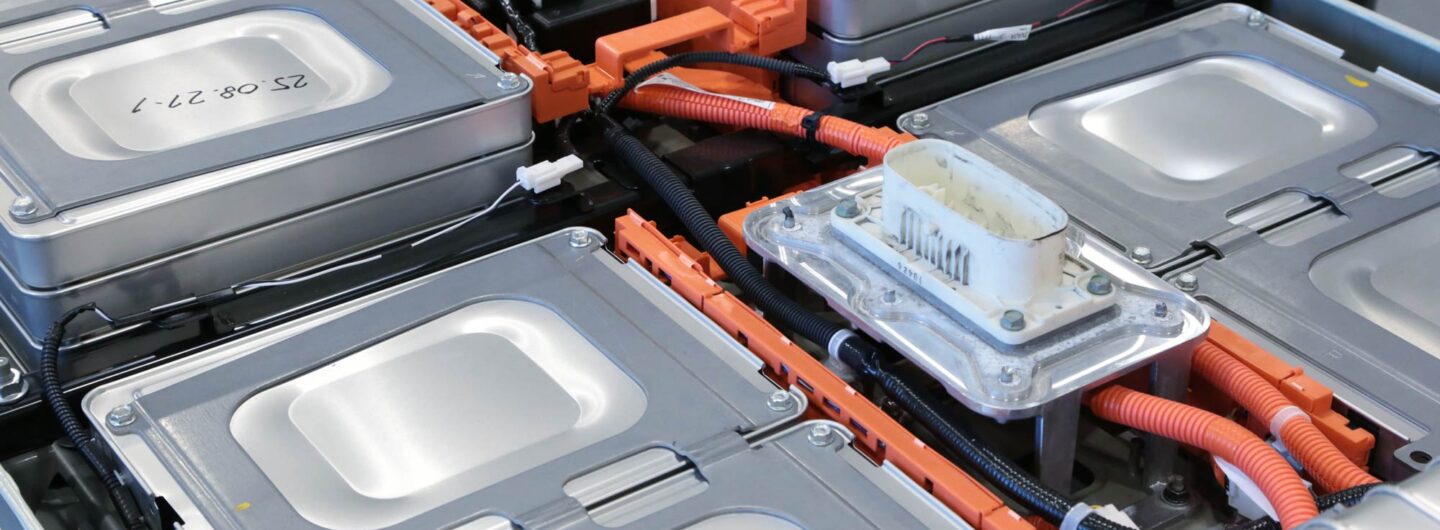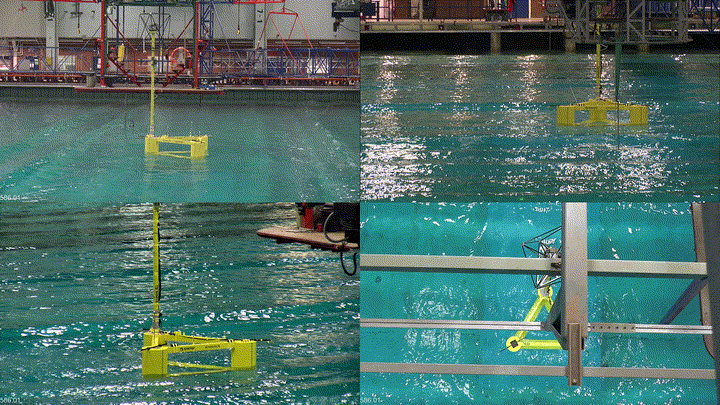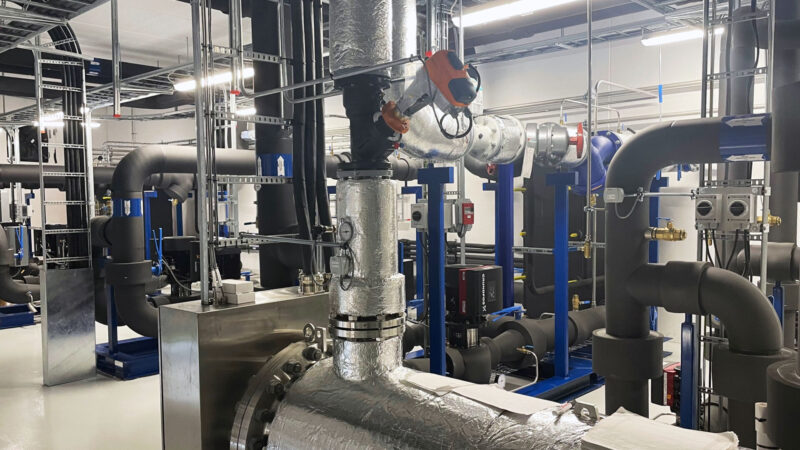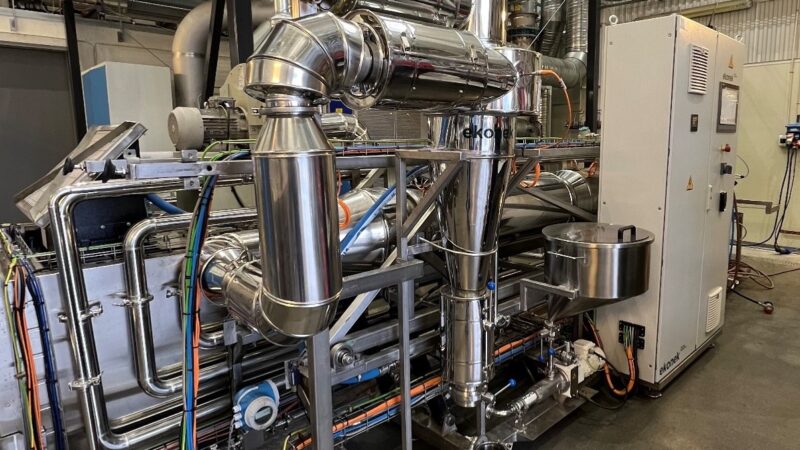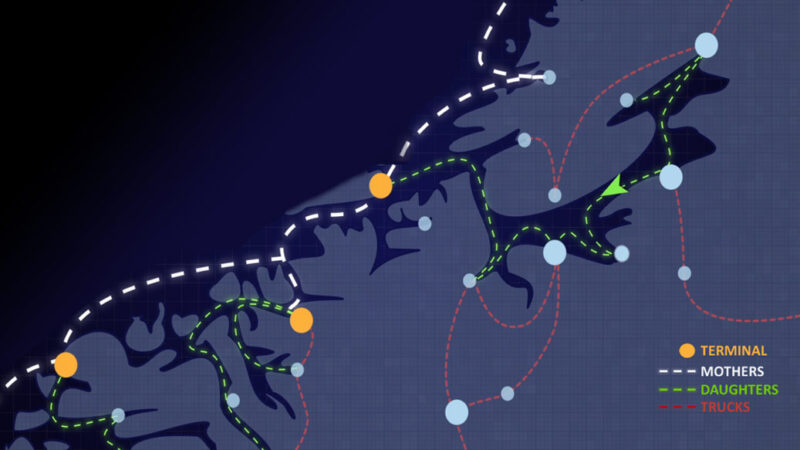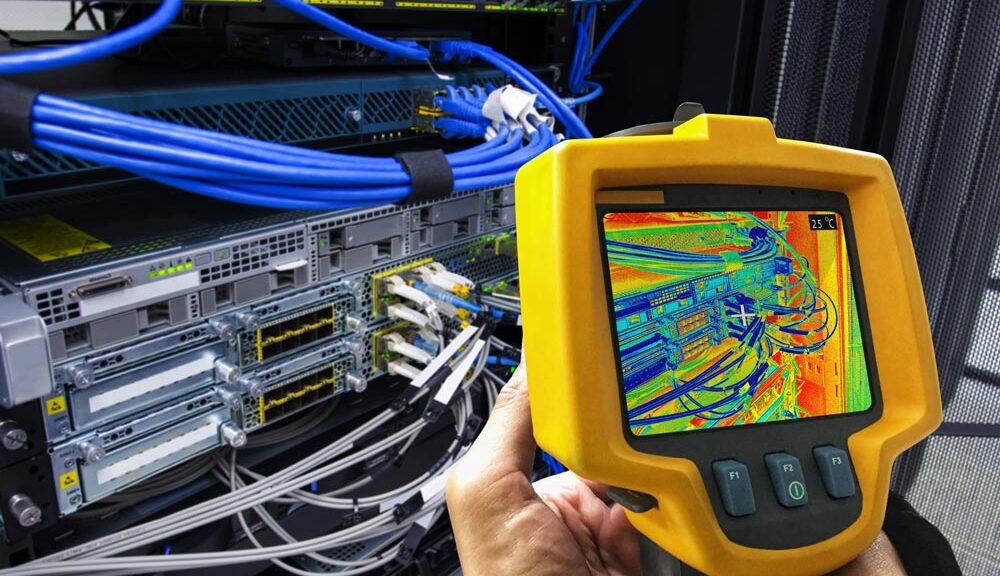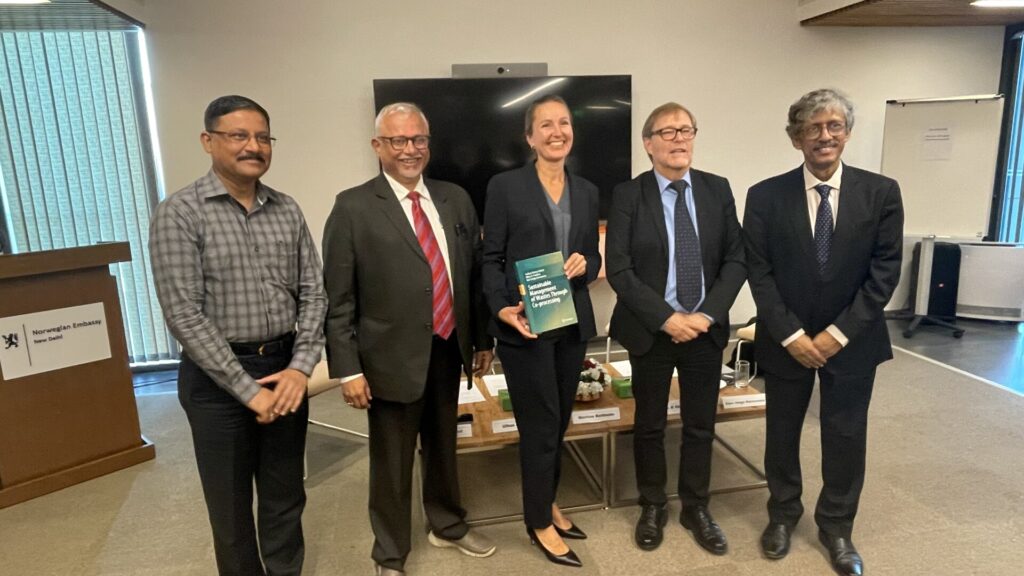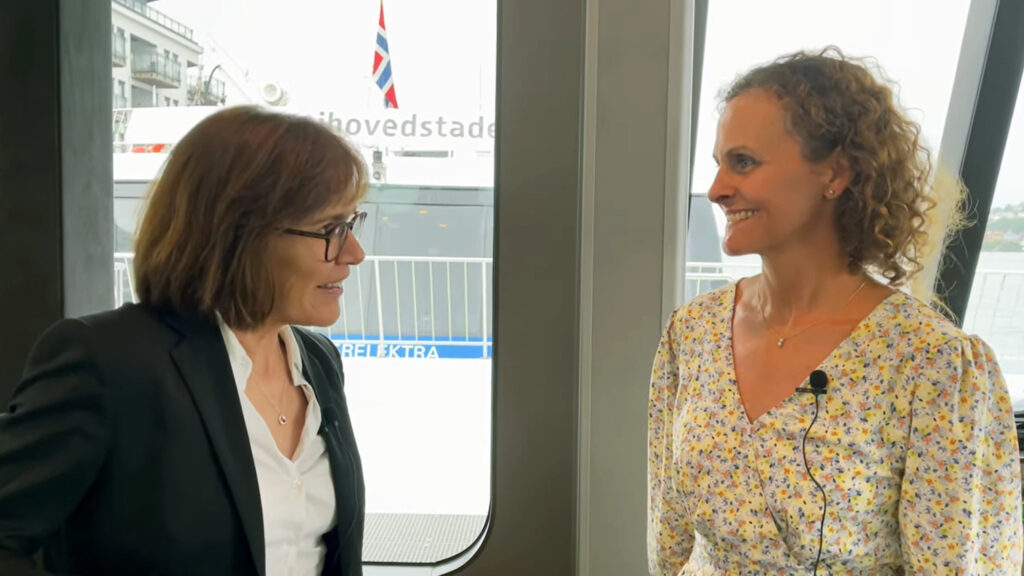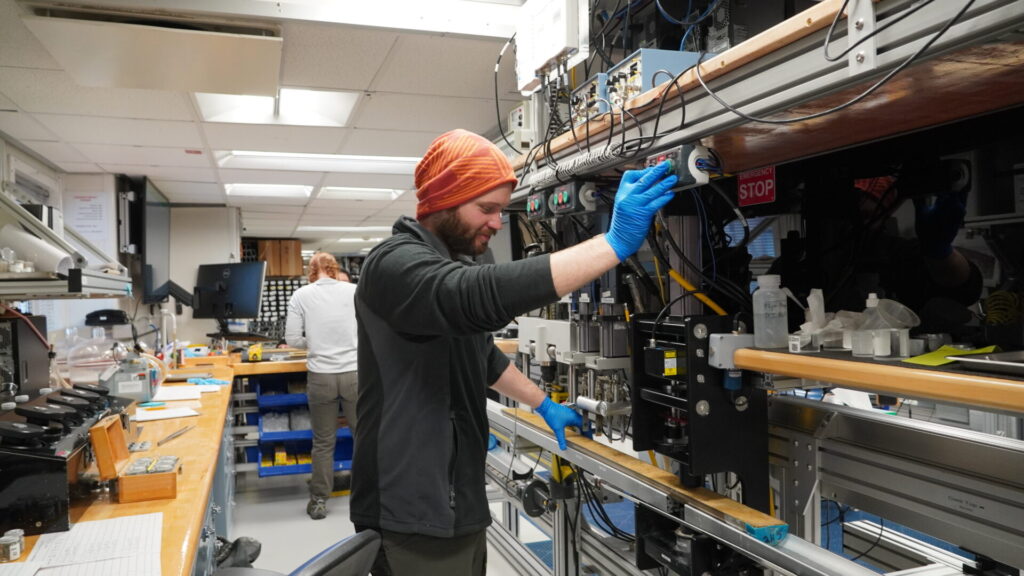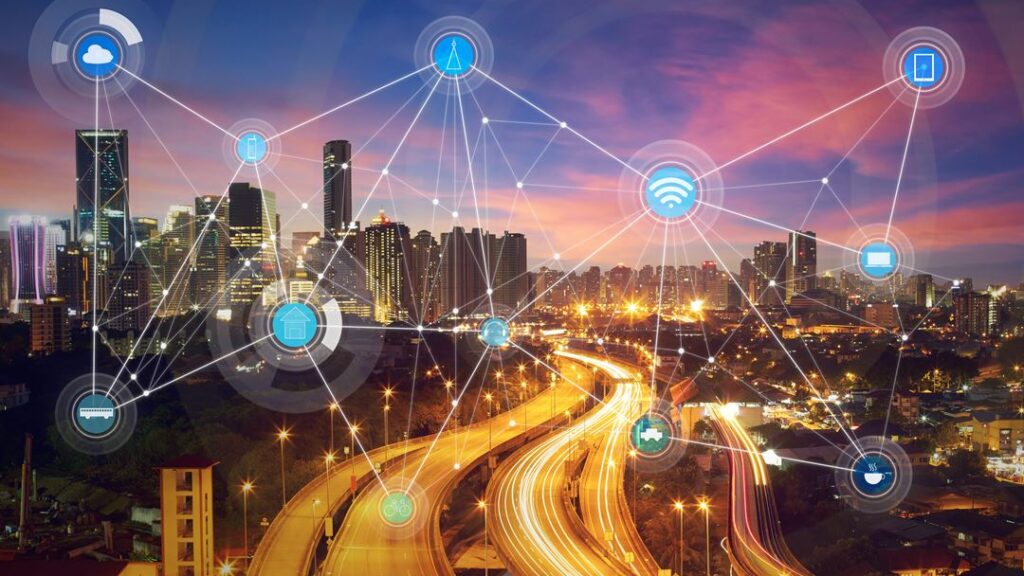Latest Posts
New models for collaboration can promote the use of surplus heat for heating purposes
Space heating is something that can be covered with other, lower-quality energy carriers than electricity, given that the buildings are adapted for hydronic heating.
Co-processing book launch at the Royal Norwegian Embassy in Dehli
Kåre Helge Karstensen (SINTEF) co-authored the book “Sustainable Management of Wastes through Co-processing” together with two Indian colleagues, Mr. Ulhas Parlikar, an expert…
Interview with Jannicke Bjerkås: Oslo to have the first full-scale CCS facility for waste incineration
At Arendalsuka, NCCS Centre Director Mona Mølnvik interviewed Hafslund Oslo Celsio’s CCS Director Jannicke Bjerkås about Celsio’s progress on building the first full-scale CCS facility for waste incineration.
The IODP Expedition 396 Experience: Drilling and Sampling the Mid-Norwegian Continental Margin
Last year, NCCS PhD candidate joined the International Ocean Discovery Programme’s Expedition 396 to recover basalts. Now, he’s starting to characterise these basalts at the Norwegian Geotechnical Institute (NGI).
CCS: What is it and why do we need it?
Ever wondered why too much CO2 in the atmosphere is a bad thing, and what CCS can do about it? Ingrid Snustad, research scientist at SINTEF Energy Research and the Norwegian CCS Research Centre (NCCS), is here to explain.
Protecting the real electrical grid by attacking a simulated one
In an increasingly digital society, protecting the electrical grid against cyberattacks has never been more important. As part of the European project SDN-microSENSE, SINTEF has helped develop tools to detect and mitigate cyberattacks, but they need to be tested before they can be deployed in the real grid. The solution? Deploy the tools in a simulated grid and launch real cyberattacks at them.

